
Here is a timeline.
Soviet Occupation
In December 1979, at the height of the Soviet-US Cold War, Moscow invades the country - which is poor and mountainous, but also strategically situated - to prop up a communist regime.
It faces fierce resistance from Afghan militant fighters backed by the United States and others.
Moscow eventually withdraws after a decade of fighting.
'Intra-Afghan' talks: US envoy to visit Pakistan, Afghanistan on six-nation tour
Civil War
The fall of Mohammad Najibullah's communist government in 1992 unleashes a bloody power struggle that kills nearly 100,000 people in two years and partly destroys the capital, Kabul.
From 1994 the Taliban movement begin to emerge in the south.
The Taliban, led by Mullah Mohammad Omar, seize power in 1996 and install a regime based on their hardline interpretation of Islamic law. They forbid women from working, close girls' schools, and ban music and other entertainment.
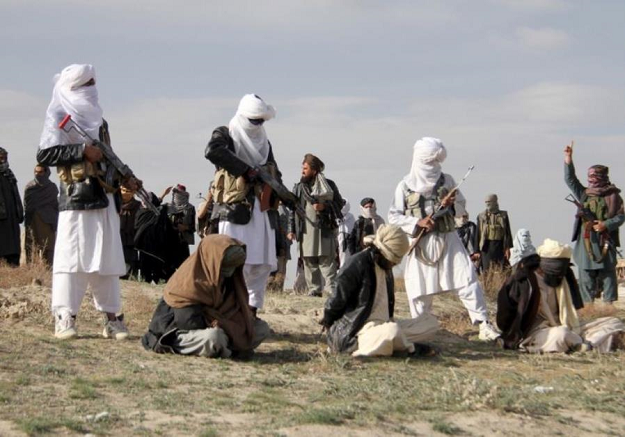 PHOTO: REUTERS
PHOTO: REUTERSUnder severe United Nations sanctions, the regime becomes close to the Al-Qaeda militant network and shelters its leader, Saudi national Osama bin Laden.
Pakistan’s Afghan stand vindicated: Qureshi
US Invasion
In October 2001 the United States leads an invasion of Afghanistan in retaliation for the September 11 attacks on Washington and New York blamed on Al-Qaeda.
Washington and its NATO allies drive out the Taliban regime and bring Hamid Karzai to power, funnelling in billions of dollars of aid to rebuild the war-ravaged country. They deploy up to 150,000 soldiers to help the government assert control and bring security.
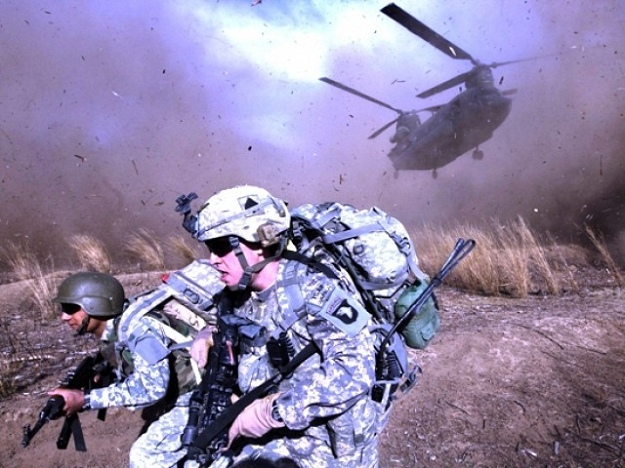 PHOTO: FILE
PHOTO: FILEThe Taliban go into hiding or flee to neighbouring countries, and then launch an insurgency against Kabul and NATO.
NATO pulls out its International Security Assistance Force (ISAF) combat troops at the end of 2014, with the Taliban insurgency raging.
Some NATO soldiers remain to carry out anti-terrorist operations and train Afghan forces.
The Taliban continue to make gains, while carrying out major deadly attacks, as the Islamic State group begins to make inroads in Afghanistan in 2015.
Afghan president offers Taliban local office, but group wants Doha instead
Afghan Peace Process
In late 2018 US President Donald Trump says he is withdrawing half of the 14,000 US soldiers stationed in Afghanistan, though officials caution they have received no order to begin drawdown plans.
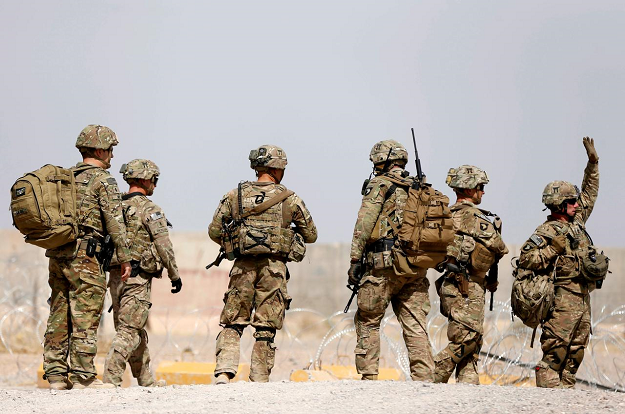 PHOTO: REUTERS
PHOTO: REUTERSWashington steps up negotiations with the Taliban to end the conflict, with both the militants and US officials touting 'progress' after Pakistan-sponsored talks culminate in a six-day meeting in Qatar in January.
Afghan hopes for peace are tempered by fears the US could withdraw before a lasting deal is reached with Kabul, however.
Russia and Iran also hold talks with the militants.


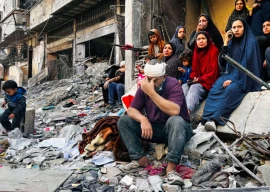

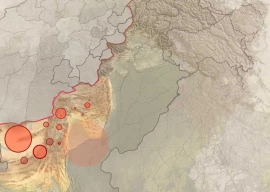



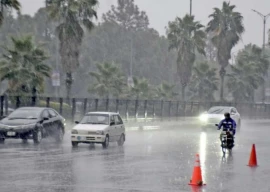
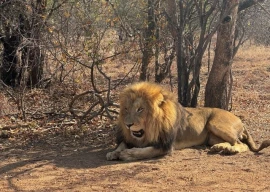






COMMENTS
Comments are moderated and generally will be posted if they are on-topic and not abusive.
For more information, please see our Comments FAQ